Field Crops
-

Variety selection is one of the biggest decisions and investments cotton growers make each year. In 2010, the UGA Extension Cotton Agronomists implemented the UGA On-Farm Cotton Variety Evaluation Program to assist in this decision. In this annual publication, varieties were evaluated in 2020 across a wide range of environments in the cotton producing regions of Georgia in cooperation with county agents and industry partners. The implementation of this program has made a tremendous impact on variety selection from year to year, and it will continue to have the same impact in the future.
R. Anthony Black, Phillip Marion Roberts, Eric Elsner, Scott Rogers, and Camp Hand
|
-

Variety selection is one of the biggest decisions and investments cotton growers make each year. In 2010, the UGA Extension Cotton Agronomists implemented the UGA On-Farm Cotton Variety Evaluation Program to assist in this decision. In this annual publication, varieties were evaluated in 2020 across a wide range of environments in the cotton producing regions of Georgia in cooperation with county agents and industry partners. The implementation of this program has made a tremendous impact on variety selection from year to year, and it will continue to have the same impact in the future.
Wade B. Parker, Eric Elsner, Scott Rogers, and Camp Hand
|
-
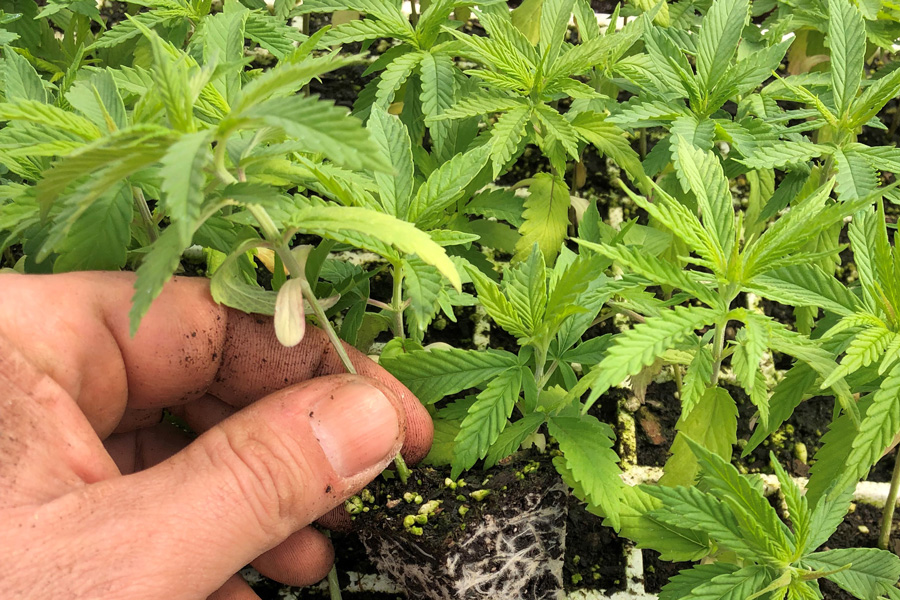
With the passage of the 2018 Agriculture Improvement Act (U.S. farm bill), the federal government removed industrial hemp (Cannabis sativa L.) from the list of Schedule I drugs and opened up opportunities for farmers to produce this once widely grown crop. At the time of publication, states are currently operating under the 2014 U.S. Farm Bill that allowed pilot programs for hemp production focusing on research. Georgia did not participate in the pilot program under the 2014 farm bill. Therefore, growers in Georgia must wait until the U.S. Department of Agriculture approves the Georgia state plan for outlining rules and regulations for hemp growers and processors. More information on the hemp rules and regulations can be found at agr. georgia.gov. It is anticipated that hemp growers and processors may grow for the 2020 production season. Although the brief guide that follows is not exhaustive, it is meant to provide basic information for growers who are considering hemp production of floral materials meant for the cannabinoid market. Cannabinoids may include CBD, CBG, etc. Although there has been some interest in hemp production for fiber and seed, the majority of growers have expressed an intent to grow for the CBD market. The production of hemp for fiber and seed differs greatly from that of floral material and subsequent publications will focus on these end uses. Due to the changes in rules and regulations that are likely to occur, we recommend readers look to the Georgia Department of Agriculture and the USDA for any clarification or questions they may have regarding the regulation of hemp production in Georgia.
Timothy Coolong
|
-
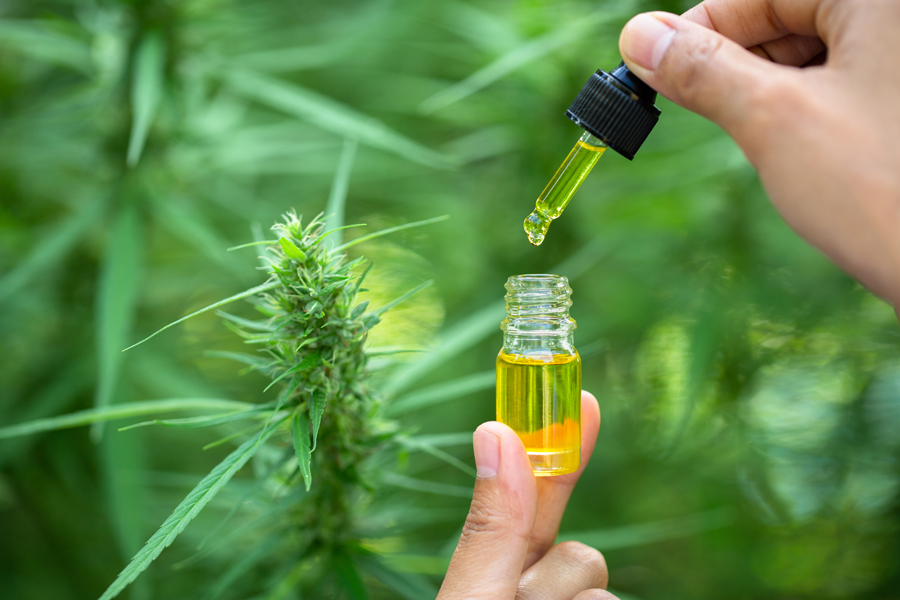
With the passage of the 2018 U.S. Farm Bill, industrial hemp (Cannabis sativa L.) was declassified as a Schedule I drug and is now legal (with restrictions) for production in the United States. Hemp and marijuana are both Cannabis sativa but are distinguished from each other based on the concentration of the psychoactive compound, tetrahydrocannabinol (THC). Industrial hemp is defined by law as a cannabis plant with total THC concentrations on a dry weight basis of less than 0.3% (+/- a measurement of uncertainty). This publication provides a basic overview of hemp testing for THC to stay in compliance with U.S. Department of Agriculture rules for hemp growers.
Timothy Coolong, Daniel L. Jackson, Jason Lessl, and Noelle Joy
|
-
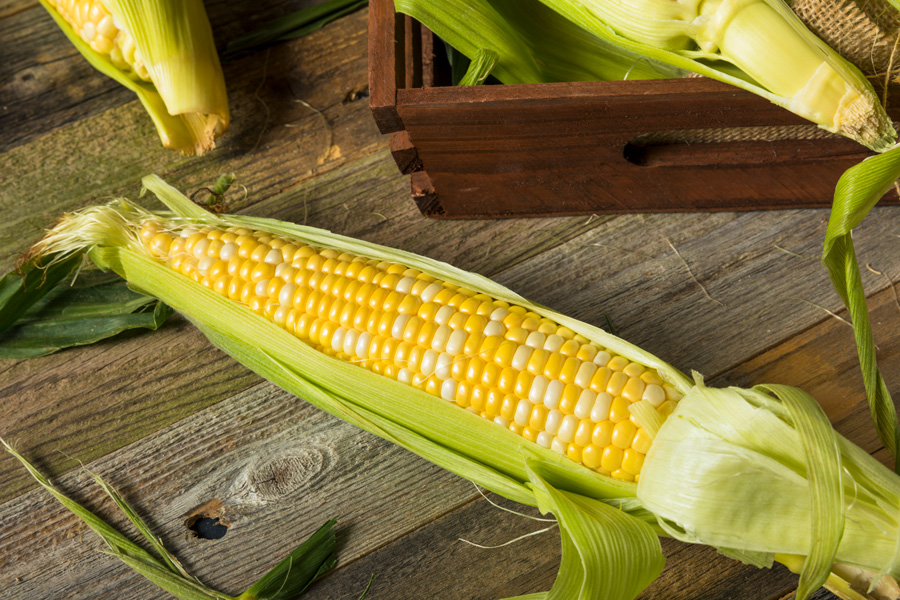
Summarizes shipper sweet corn production in southern Georgia.
Timothy Coolong and Ted McAvoy
|
-

This publication contains information on the most important and common diseases of oats, the biology of the causal agents, as well as a detailed description of the disease symptoms, relevant up-to-date information on conditions favoring the diseases, as well as cultural, genetic, and chemical methods of control. The publication is intended for producers, crop consultants, county faculty, students, and the general public.
Alfredo Martinez and Ryan W. Hodgson
|
-

The lack of proper planter setup and maintenance results in common planting mistakes that affects crop stand and yield every year. Growers can easily avoid these mistakes by following a few simple steps at the beginning of the planting season to ensure proper planter setup for maximized field performance. This simple and easy-to-follow checklist provides tips on how to properly set up different planter components to achieve a high and uniform stand establishment across the field. The checklist also includes a visual to identify the components available on a typical row-crop planter.
Wesley Porter and Simerjeet Virk
|
-
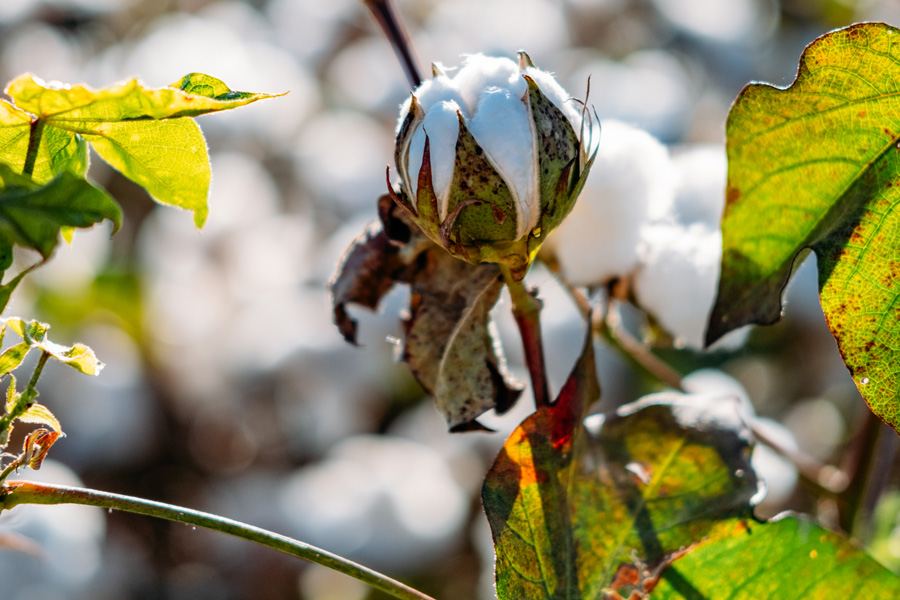
AP 124-3
2023 Georgia Cotton Production Guide
The 2023 edition of the cotton production guide provides an in-depth look at cotton production in Georgia and the Southeastern U.S. Issues discussed include economic outlook, fertility, weed management, insect management, disease and nematode management, irrigation decisions, precision ag technology, and general agronomics of the cotton crop (varieties, PGR applications, defoliation, etc.).
Camp Hand
|
-
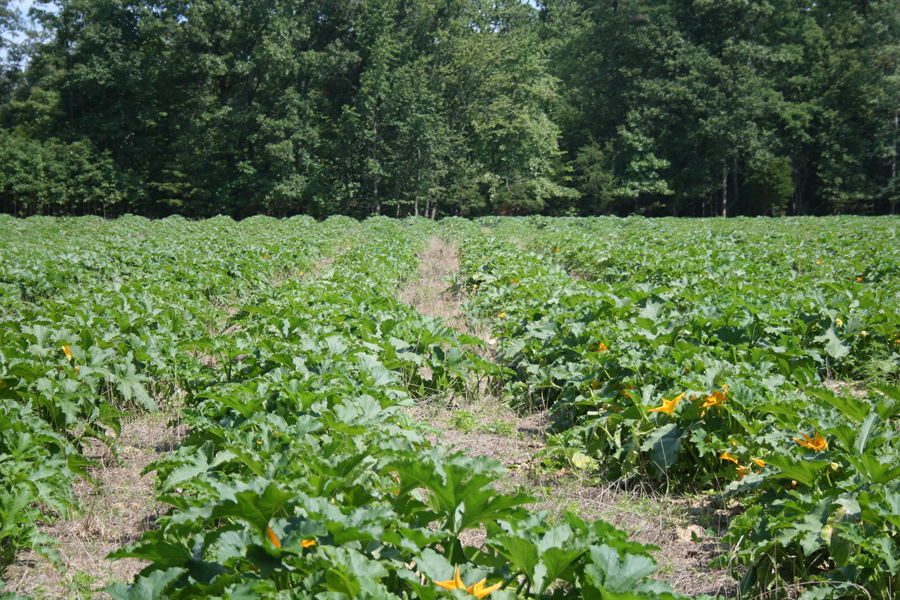
Conservation tillage with agronomic crops (i.e., cotton, corn, soybeans, etc.) has been successful in Georgia production. Such production practices have several benefits, the most notable being the elimination of soil erosion. Other benefits include but aren’t limited to increases in soil organic matter, maintaining a healthy rhizosphere (root-zone soil), reduction of riparian and waterway pollution, and water conservation.
Some examples of conservation tillage practices include no till, ridge till, and strip till. No–till production involves no tillage of field soils and leaves all of the previous crop residue on the soil surface. Ridge–till production involves building a ridge during cultivation, then scalping the ridge and sowing seed. The scalping process moves most of the previous–crop residue to the row middles, leaving a clean row for sowing. Strip–till production is when a narrow strip is tilled for each row that will be planted, leaving the row middles intact with the previous–crop residue. Strip–tillage may reduce yields if weeds in the untilled area are not killed, as these weeds will compete with the crop for water and nutrients. Although the planted row is free of previous crop residue, it may be advantageous to kill the cover crop to prevent it from competing for nutrients and water with the vegetable crop.
George E. Boyhan and Timothy Coolong
|